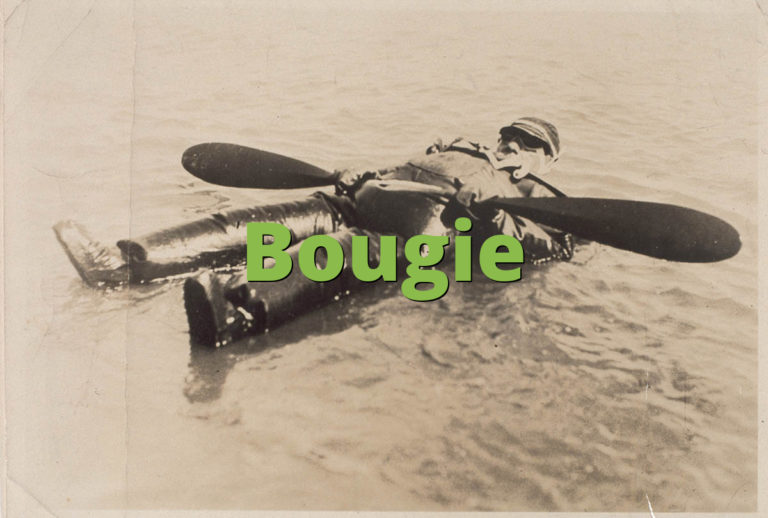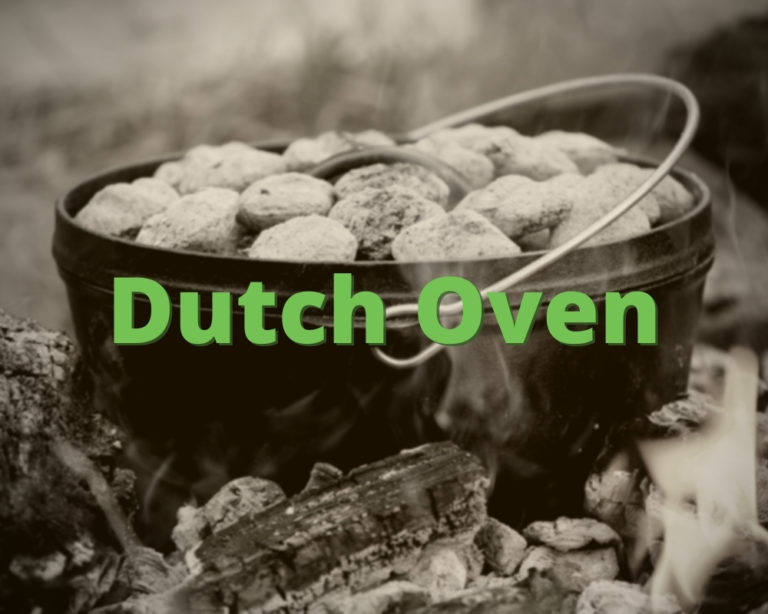Let’s face it, folks. Dutch ovens have been making waves in the culinary world, but what happens when we toss in a dash of slang? Suddenly, this kitchen staple becomes way cooler, right? If you’ve ever wondered how to turn your boring cooking routine into something more street-smart, then you’re in for a treat. Dutch ovens in slang? Yes, we’re going there. This is not just about cooking; it’s about giving your kitchen game a serious upgrade.
Imagine whipping up a hearty stew or a crispy loaf of bread, but instead of saying "I used my Dutch oven," you drop some casual slang like "Yo, I just cooked this in my OG kitchen boss." Sounds fun, right? That’s exactly what this guide is all about—bridging the gap between culinary expertise and everyday language. So, grab your apron and let’s dive in.
Now, before we get too deep into the slang game, let’s make one thing clear: a Dutch oven isn’t just a fancy name for a pot. It’s a game-changer in the kitchen, and knowing how to talk about it can elevate your cooking conversations to the next level. Whether you’re a seasoned chef or a newbie cook, understanding the lingo can make your cooking experience way more enjoyable. Let’s get cooking—and talking!
Read also:Open Relationship Meaning A Comprehensive Guide To Modern Love
What Exactly is a Dutch Oven?
First things first, let’s break down the basics. A Dutch oven is a heavy, lidded cooking pot that’s usually made of cast iron. It’s like the Swiss Army knife of kitchen tools—super versatile and capable of handling just about anything you throw at it. From slow-cooking a tender roast to baking a perfect loaf of bread, this baby does it all.
But why the name "Dutch oven"? Well, it’s not because it’s from the Netherlands (though that would be cool). The term dates back to the early 18th century when a British metalsmith named Abraham Darby visited the Netherlands and was inspired by their metalworking techniques. He brought those techniques back to England and started producing these awesome cooking pots. And just like that, the name stuck.
Why Everyone’s Talking About Dutch Ovens
Here’s the deal: Dutch ovens are having a moment. And it’s not just because they look cool on your kitchen counter (though they totally do). These pots are all about performance. They retain heat like a champ, which means your food gets cooked evenly every single time. Whether you’re making a rich beef stew or a steaming pot of chili, a Dutch oven is your secret weapon.
And let’s not forget the durability factor. A well-seasoned cast iron Dutch oven can last for decades—seriously, decades! So, while it might seem like a splurge upfront, think of it as an investment in your cooking future. Plus, they come in all sorts of colors now, so you can totally match it to your kitchen vibe.
Breaking Down Dutch Oven Slang
Alright, now that we’ve covered the basics, let’s get into the fun stuff—slang. If you’re hanging out with a group of foodies or just want to impress your friends with your kitchen knowledge, dropping some Dutch oven slang is the way to go. Here are a few terms you can add to your vocab:
- OG Kitchen Boss: This is your go-to term for a Dutch oven. It’s the original boss of the kitchen, after all.
- Heat Retainer Extraordinaire: Need to explain why your food always turns out perfect? Credit it to your Dutch oven’s heat-retaining powers.
- Cast Iron Warrior: Perfect for describing the durability and strength of your trusty pot.
- Stew Wizard: If you’re whipping up a batch of stew, let everyone know your Dutch oven is the real wizard behind the scenes.
See? Adding a little slang to your cooking conversations makes everything way more interesting. Plus, it’s a great way to show off your culinary knowledge without sounding too stuffy.
Read also:The Wire Characters A Deep Dive Into Baltimores Most Iconic Figures
How to Talk Dutch Oven Like a Pro
So, you’ve got your slang down, but how do you actually talk about your Dutch oven like a pro? Here’s a quick guide:
- Start with the basics: "Yo, this pot is the real MVP of my kitchen."
- Throw in some specifics: "I mean, the way it holds heat? It’s like having a personal sous-chef."
- Don’t forget the versatility: "From soups to bread, this thing can handle it all."
Remember, confidence is key. Even if you’re just starting out with your Dutch oven, talking about it like a pro can make you sound like a seasoned chef in no time.
Choosing the Perfect Dutch Oven
Not all Dutch ovens are created equal, so it’s important to know what to look for when you’re shopping around. Here are a few things to consider:
Material Matters
Most Dutch ovens are made from cast iron, but you can also find enamel-coated options. Cast iron is great for durability and heat retention, but it requires a bit of maintenance. Enamel-coated Dutch ovens, on the other hand, are easier to clean and come in a variety of colors.
Size and Capacity
Think about what you’ll be cooking most often. If you’re a fan of big batches of soup or stew, you’ll want a larger capacity. For smaller meals or solo cooking, a smaller pot might be the way to go.
Price Point
Dutch ovens can range from affordable to quite pricey. Don’t be afraid to start with a budget-friendly option if you’re just testing the waters. You can always upgrade later if you fall in love with your new cooking companion.
Mastering Dutch Oven Cooking
Now that you’ve got your Dutch oven, it’s time to put it to work. Here are a few tips to help you master the art of Dutch oven cooking:
Seasoning Your Pot
If you’ve gone with a plain cast iron Dutch oven, seasoning is key. This process helps prevent rust and creates a natural non-stick surface. It’s a bit of work upfront, but trust me, it’s worth it.
Getting the Heat Just Right
One of the biggest advantages of a Dutch oven is its ability to retain heat. But that also means you need to be careful not to overheat it. Start slow and adjust as needed to get the perfect cook every time.
Experimenting with Recipes
Don’t be afraid to try new recipes. Dutch ovens are incredibly versatile, so whether you’re making a classic beef stew or experimenting with a new bread recipe, your pot can handle it. And hey, if it doesn’t turn out perfectly the first time, that’s part of the fun.
Common Dutch Oven Mistakes to Avoid
Even the best cooks make mistakes, but with a little knowledge, you can avoid some of the most common Dutch oven pitfalls:
Overfilling the Pot
It might seem like a good idea to cram as much food as possible into your Dutch oven, but trust me, it’s not. Overfilling can lead to uneven cooking and a big mess. Leave some room for your food to breathe.
Skipping the Preheating
Preheating your Dutch oven is essential for getting that perfect sear on your meats. Skipping this step can result in undercooked or unevenly cooked food. Take the extra minute or two to preheat, and your meals will thank you.
Not Cleaning Properly
Cleaning a Dutch oven might seem intimidating, especially if you’ve got a plain cast iron one. But with a little elbow grease and some warm water, it’s totally doable. Avoid using harsh detergents, and you’ll keep your pot in top shape for years to come.
Conclusion: Level Up Your Kitchen Game
So, there you have it—a complete guide to Dutch ovens in slang. Whether you’re a seasoned chef or just starting out, adding a little casual language to your cooking conversations can make everything more fun and approachable. Remember, a Dutch oven isn’t just a tool; it’s a lifestyle. So, grab your OG kitchen boss, get cooking, and don’t forget to share your creations with the world.
And hey, if you’ve got any tips or tricks of your own, drop them in the comments below. Let’s keep the conversation going and help each other become better cooks. Happy cooking, y’all!
Table of Contents


